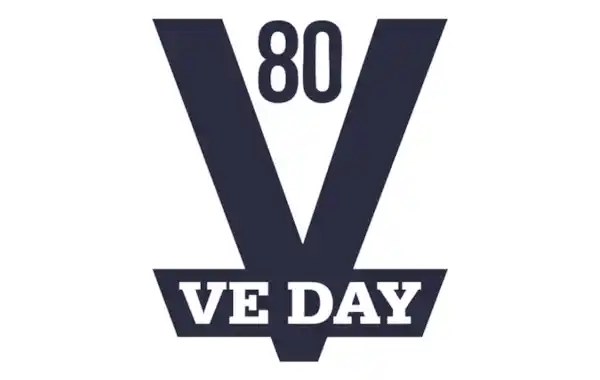04 April 2025
|
VE Day 80 marks eight decades since Victory in Europe — the day the guns fell silent across the continent and millions began to hope for peace. But the story of VE Day is more complex than a single date. From delayed liberations to secret surrender negotiations, and from post-war occupations to forgotten records, these 10 fascinating facts reveal what really happened as the Second World War came to a close — and what it meant for the families who lived through it.
Ten facts about the end of WW2 in Europe
-
VE Day didn’t mark the absolute end of war in Europe — German forces surrendered piecemeal in late April and early May 1945, with VE Day announced on 7 May and celebrated on 8 May.
-
The Channel Islands weren’t liberated on VE Day. Sark was freed on 10 May and Alderney — the last — on 16 May 1945.
-
Germany attempted to surrender only to the western Allies. They hoped to avoid the Red Army, but the Allies insisted on full surrender on both fronts.
-
The term “United Nations” was already being used during the war to describe the Allied powers — before the UN was formally founded in October 1945.
-
Admiral Doenitz succeeded Hitler and authorised Field Marshal Jodl to sign the official surrender on 7 May at 02:41am, taking effect at midnight on 8 May.
-
British troops didn’t all come home after VE Day. Many stayed to help with occupation, de-Nazification, war crime trials, and rebuilding efforts.
-
A third of the British Army never left the UK during the war — they served in training, logistics, admin, and hospitals.
-
The British Army of the Rhine (BAOR) remained in post-war Germany and became a key Cold War force.
-
Fraternisation with former enemies was initially banned, but soon gave way to social events and even marriages through organisations like ENSA and the AKC.
-
WW2 service and medal records can be patchy — some WW2 medal card sets were lost, and many veterans never applied for their medals.
5 expert tips for researching your WW2 military ancestors
-
Start with official service records
Post-1920 British Armed Forces records are being transferred from the MoD to The National Archives. These include Army, Navy, and RAF personnel files, with some already available via Ancestry. -
Look beyond VE Day
Many troops remained in service after VE Day for occupation duties, war crimes trials, or deployment to the Far East. Understanding the timeline of surrender and demobilisation helps explain why your ancestor might not have come home immediately. -
Use paperwork to decode their story
Army forms (like AF W5258 and AFB1081) and documents such as medal cards, certificates of service, and release leave papers are packed with clues. Look out for form numbers — they can help identify the purpose of each record. -
Be aware of gaps in medal card records
WW2 medals had to be applied for, unlike WW1, and thousands of veterans never did. Additionally, medal cards for 34 regiments and corps have been lost, so don’t be discouraged if you can’t find one. -
Check passenger lists for GI brides and post-war movement
If a British woman in your tree married an American serviceman, you may find her in passenger lists to the US on Findmypast. Around 70,000 “GI Brides” moved to America after the war ended.
Facts and tips based on Graham Bandy's 'Victory in Europe' article in the May 2025 issue of Family Tree magazine.








